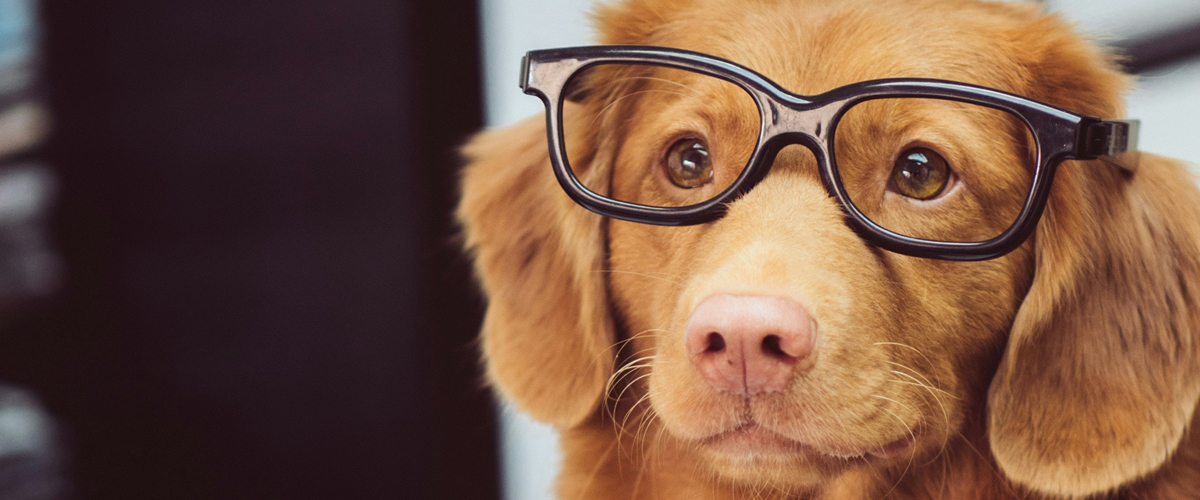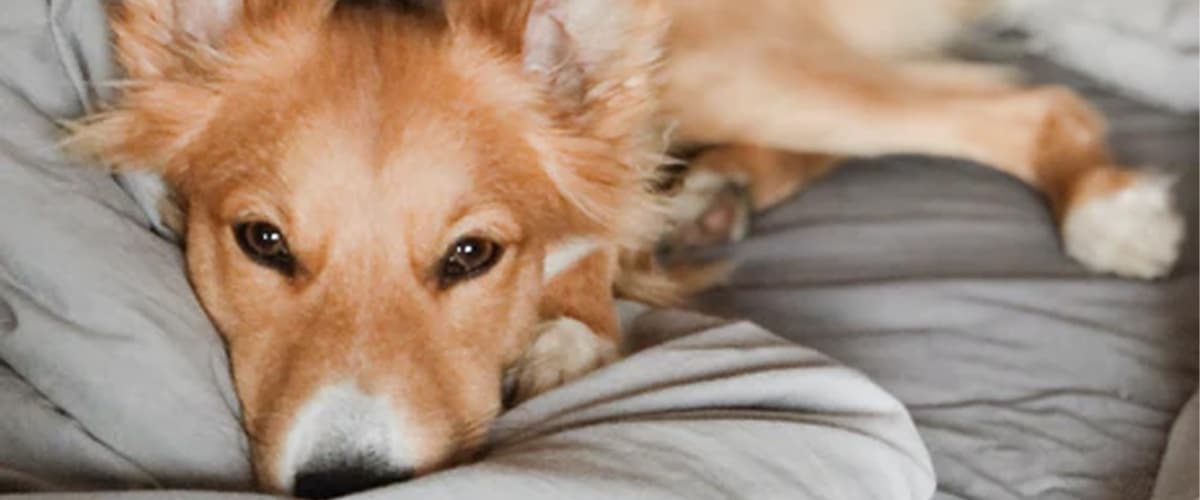Your pup’s eyes are not only the windows to their soul but also to their health. Eye conditions in dogs are not uncommon, but administering eye drops can be a daunting task for most pet owners.
Administering Eye Drops
As much as we wish our furry friends could tell us what is bothering them, it is up to us to be their sight savers, quite literally. This comprehensive guide tackles the art of giving eye drops to your canine pal with ease and safety in mind.
The Importance of Proper Eye Drop Administration in Dogs
Eye drops for dogs play an essential role in managing a variety of ocular issues, including infections, inflammation, or tear production. Proper administration is crucial to ensure the medication works effectively and to prevent any injuries to your dog’s sensitive eye structures. It also helps maintain the bond between you and your dog, as the experience can be stressful for them if not done correctly.
Understanding Your Dog’s Eye Anatomy
Before diving into the administration process, it’s beneficial to understand the basics of your dog’s eye structure. Familiarizing yourself with the anatomy will help you identify any potential issues and approach the area with care. A dog’s eye consists of several key parts, including the cornea, iris, pupil, lens, retina, and optic nerve, each with a specific function and sensitivity level.
Preparing for the Eye Drop Administration
Step-by-Step Guide
- Firstly, ensure you have the prescribed eye drop medication, a clean paper towel, and a treat handy.
- Wash your hands thoroughly to avoid any contamination of the medication or the eye area.
- Comfort your dog, speak soothingly, and provide plenty of positive reinforcement with treats and gentle petting.
- Take a moment to inspect your dog’s eyes, noting any discharge, redness, or swelling, as well as identifying which eye needs treatment.
- Shake the medication, if required, and prepare the dosage as instructed by your vet.
Correct Technique for Administering Eye Drops
Step-by-Step Guide
- If you are alone, place your dog on a non-slip surface or have someone gently hold them in position.
- To administer the eye drops, hold the bottle with your index finger on the bottom and your thumb on the cap. Your hand should resemble the shape of a ‘gun.’
- Gently grasp the top eyelid with the other hand and hold it open. Avoid putting pressure on the eyeball itself.
- With the eye drop bottle pointed away from the eye, slowly squeeze the correct number of drops into the conjunctival sac, the area between the eye and eyelid.
- Release the eyelid and encourage your dog for being brave with a treat and some positive energy.
Ensuring Your Dog’s Comfort and Safety
Additional Tips
- Always remain calm and confident to reduce your dog’s anxiety.
- If one person is administering the drops and another is holding the dog, ensure clear and concise communication to prevent any accidental movements or unnecessary stress.
- If your dog moves during administration, refrain from giving the drops mid-movement. Allow them to settle before continuing.
- Store the eye drop medication as directed, away from direct sunlight and at the proper temperature, to maintain its efficacy.
Aftercare and Observing Improvements
Monitoring Your Dog’s Reaction
- After the eye drops are given, observe your dog for any immediate reactions, including excessive blinking or rubbing of the eyes.
- Monitor the eyes for any worsening or signs of improvement in the condition. Contact your vet immediately if the condition does not improve or if your dog shows any signs of discomfort.
- Continue the medications as prescribed by your vet, adhering to the schedule advised, even if the symptoms seem to resolve before the end of the course.
Overcoming Challenges
Addressing Common Concerns
- If you have trouble keeping your dog’s eye open, a second person’s help can be invaluable.
- Some dogs can be averse to having anything near their eyes, in which case desensitization training may be beneficial.
When to Seek Professional Help
Recognizing Serious Situations
- If you notice any of the following, seek veterinary care immediately:
- Cloudiness in the eye
- Prolonged squinting or eye closure
- Increase in eye discharge, especially if it is thick or colored
- Persistent redness or swelling
- Anatomical changes around the eye
Celebrating Triumphs
Encouraging the Positive
- Always remember to praise and reward your dog for cooperating.
- Administering eye drops is a significant achievement for both you and your pup, so celebrate every step towards better eye health.
Final Considerations on Eye Health for Dogs
- Routine cleaning and maintenance of your dog’s eyes can significantly reduce the likelihood of more severe ocular conditions.
- Regular checkups with a veterinarian can ensure early detection and intervention for any eye problems.
- Never hesitate to consult your vet for any concerns regarding your dog’s eye health.
Administering eye drops to your dog requires a gentle touch, patience, and the desire to safeguard their sight. With the knowledge and techniques outlined in this guide, you can make this essential task a part of your caregiving routine, ensuring that your loyal companion sees the world clearly once again. Remember, you are your dog’s best advocate when it comes to maintaining their well-being, and every act of care reflects the depth of the bond you share.
Credit: Original Photo by Jamie Street on Unsplash





